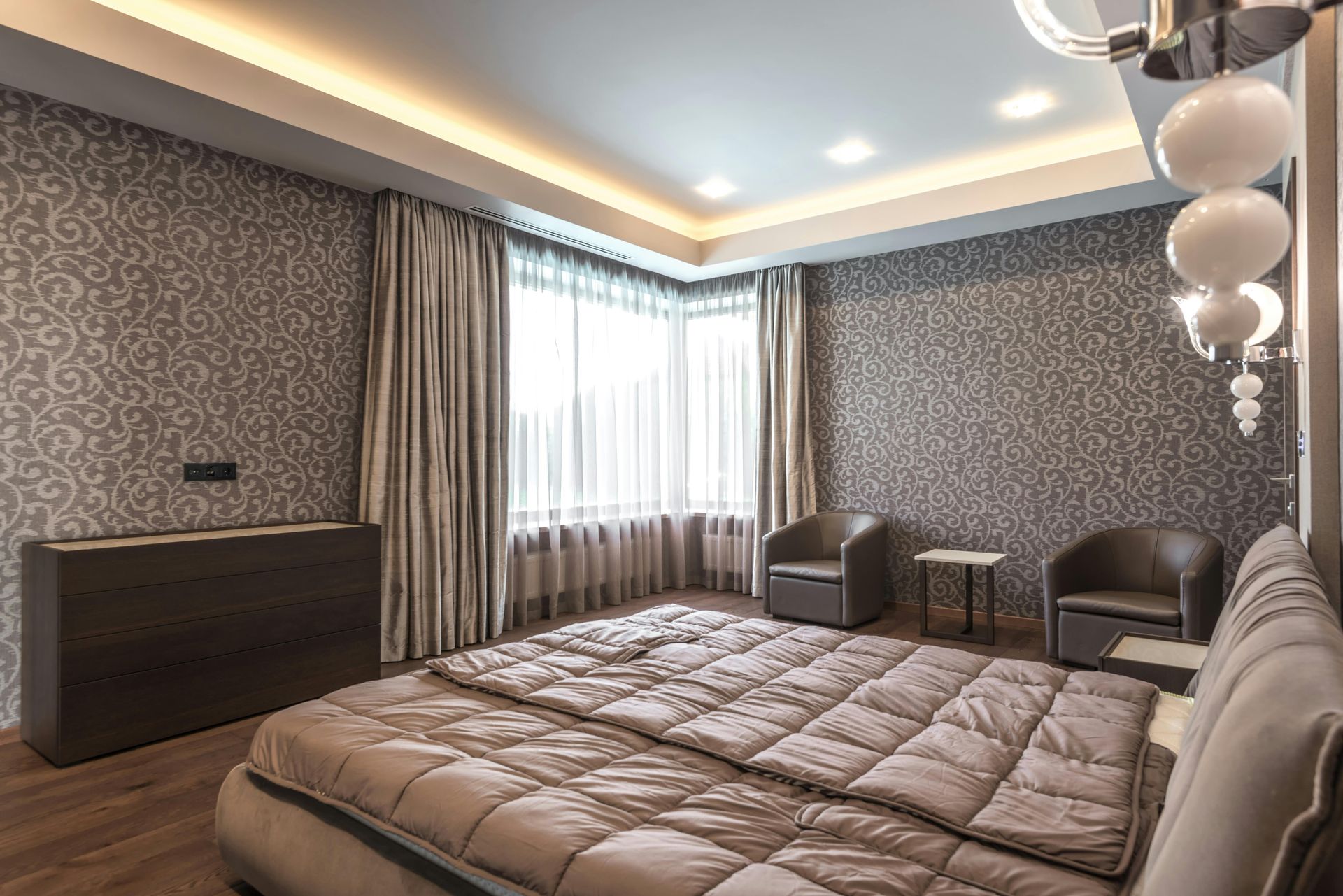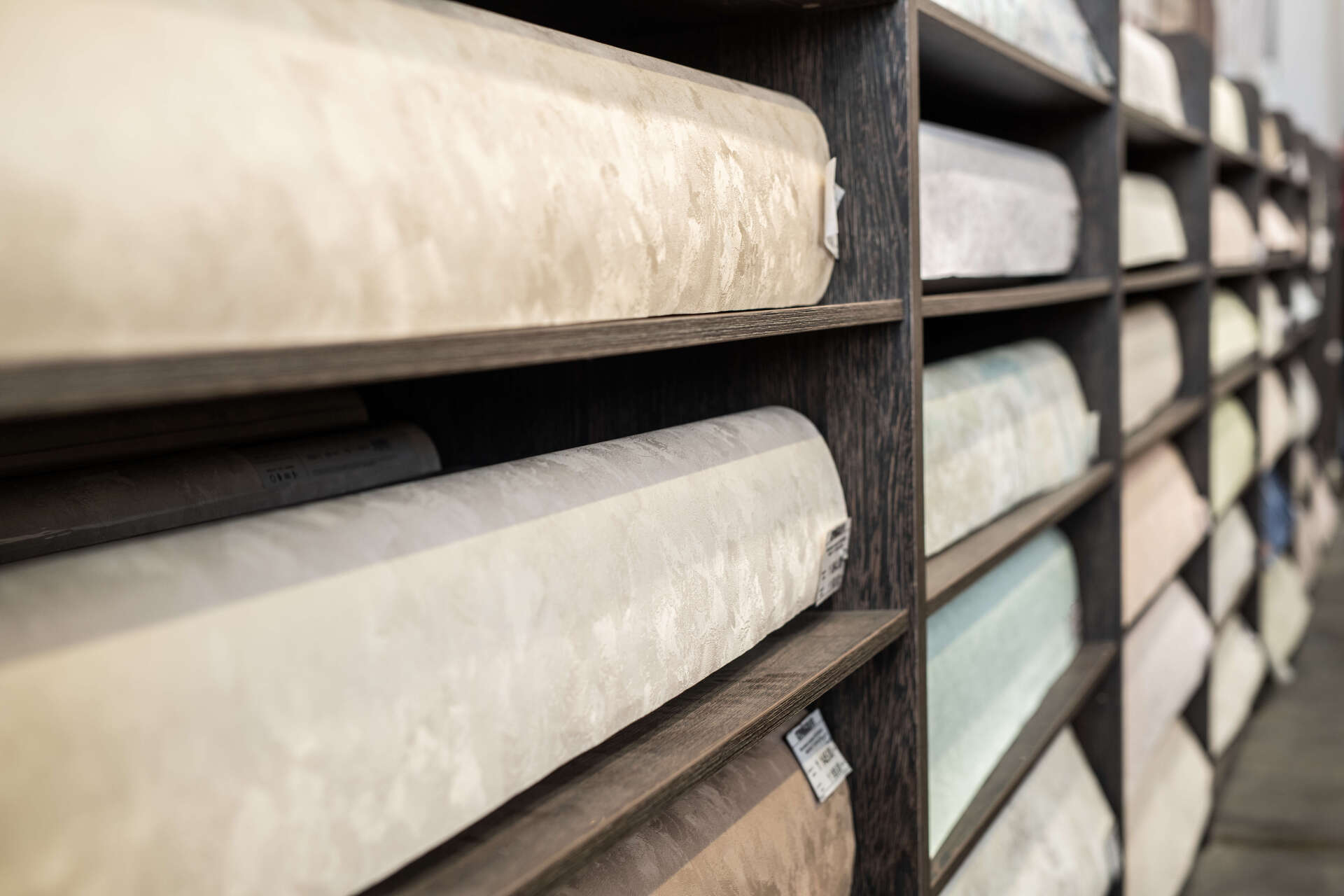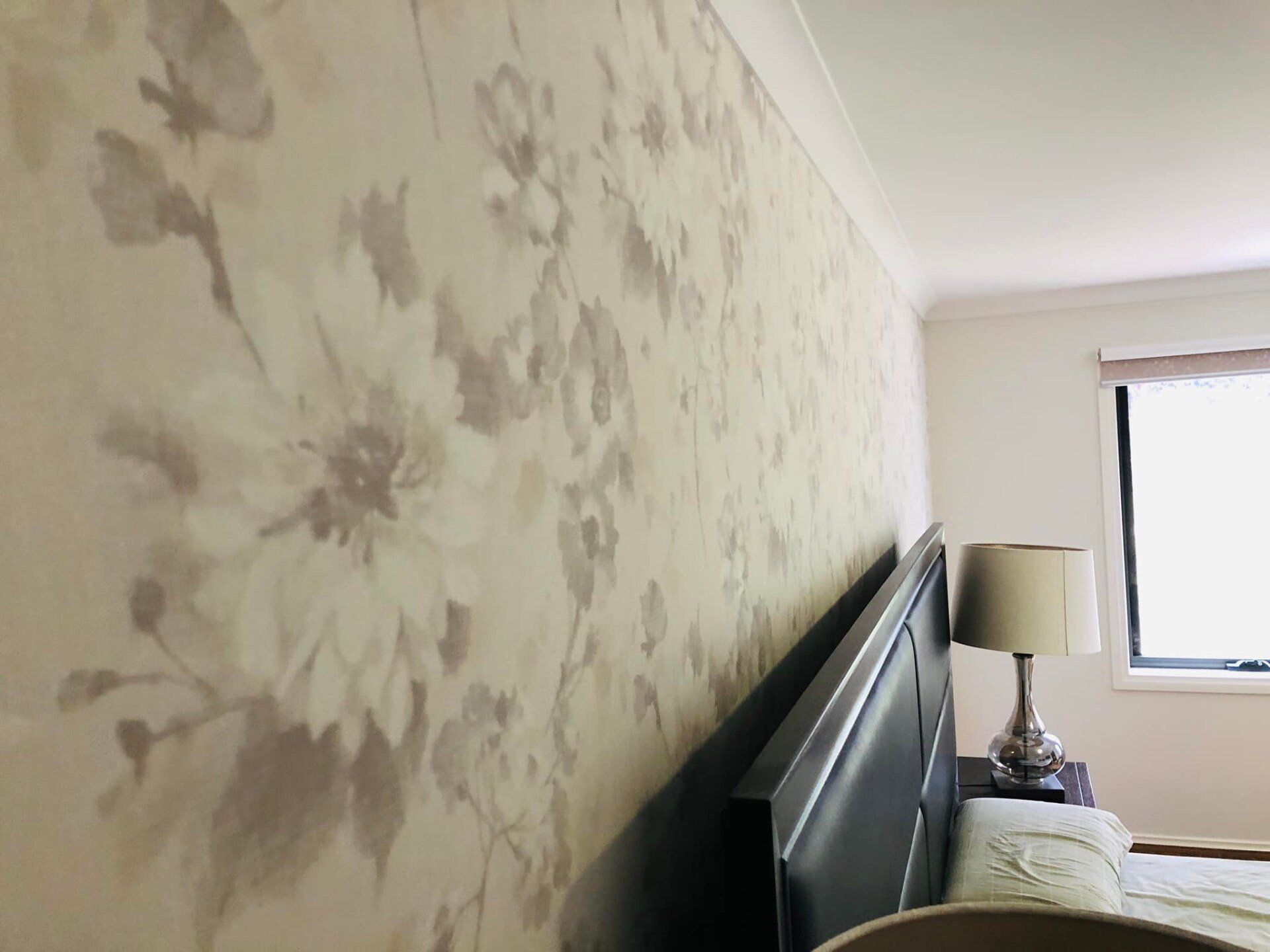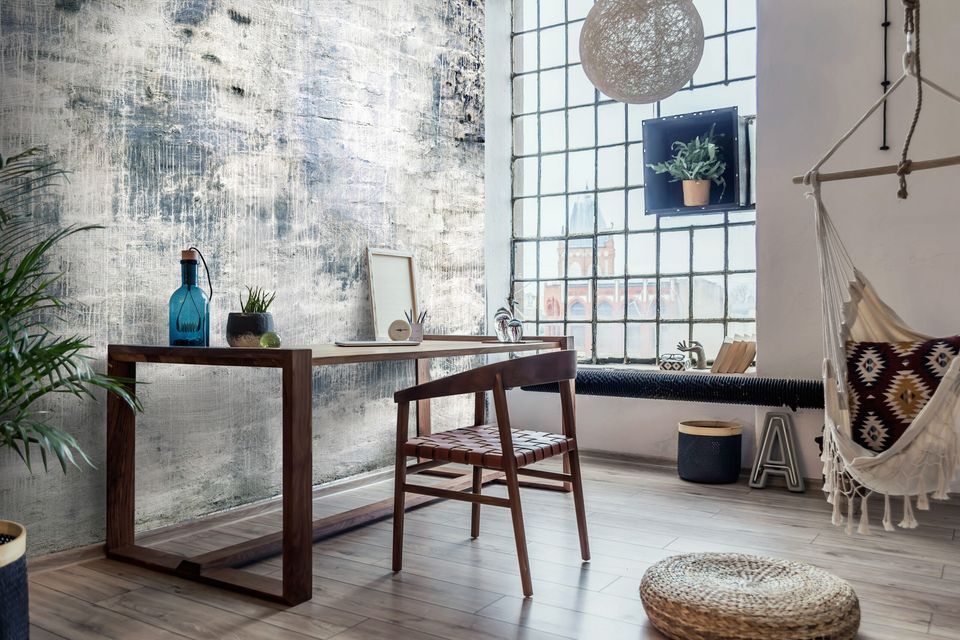7 Mistakes to Avoid During Wallpaper Installation
Wallpaper has made a stylish comeback in Australian homes, bringing life, texture, and personality to dull walls. From bold tropical prints to minimalist textures, wallpaper can completely redefine a space when installed correctly. Yet, many homeowners underestimate the precision and patience that wallpaper installation demands. Even small errors can lead to peeling seams, mismatched patterns, or bubbles that ruin an otherwise stunning look.
Whether you’re going for a DIY project or hiring a professional installer, understanding the most common mistakes will save you both time and frustration. This article outlines the seven biggest wallpaper installation mistakes and how you can easily avoid them to achieve that seamless, designer-quality finish.

1. Skipping Wall Preparation
The first and perhaps most crucial step in wallpaper installation is preparing your walls properly. Skipping this step often results in poor adhesion, bubbling, or premature peeling. No matter how beautiful or expensive your wallpaper is, it won’t last on a dirty, uneven surface.
Before installation, start by cleaning your walls thoroughly with a mild detergent to remove grease, dust, or grime. If you’re applying wallpaper on a newly painted wall, allow the paint to cure completely, ideally for two weeks. For older walls, check for cracks or flaking paint and sand them down for a smooth base.
Applying a high-quality primer or wallpaper sizing solution ensures the paper adheres evenly while also making future wallpaper removal easier. Professionals never skip wall preparation, and that’s one reason their installations look crisp and last longer.
2. Ignoring Accurate Measurements
One of the most common and costly mistakes homeowners make is underestimating the importance of accurate measurements. Incorrect wall dimensions or poor pattern calculations often lead to wasted material and mismatched seams.
To avoid this, use a reliable measuring tape or laser level and record both the height and width of each wall. Always add an extra 5 –10 centimetres to your measurements for trimming around corners, windows, and skirting boards. When working with patterned wallpaper, factor in the pattern repeat to ensure a consistent visual flow from one strip to the next.
Double-check all measurements before cutting. Taking a few extra minutes to confirm your figures can save you from running out of wallpaper mid-installation or ending up with awkward pattern gaps.
3. Applying Wallpaper Without Proper Adhesive
Not all wallpapers use the same adhesive type, and this is where many installations go wrong. There are generally three kinds of wallpaper applications: pre-pasted, paste-the-paper, and paste-the-wall. Each requires a different approach, and using the wrong method can result in wallpaper that won’t stick properly or develop visible bubbles.
For traditional paste wallpapers, it’s essential to spread the adhesive evenly using a brush or roller. Uneven paste distribution can cause dry spots or wrinkles. Avoid applying too much paste; excess adhesive may seep through the seams or edges, damaging the print.
Temperature and humidity can also affect how wallpaper adhesives behave. If the room is too cold, the paste may dry too slowly; too warm, and it could dry before you finish positioning the strip. Reading the manufacturer’s guidelines before starting ensures that your wallpaper bonds smoothly and securely.
4. Misaligning Patterns and Seams
Nothing ruins a wallpaper design faster than poorly aligned patterns or visible seams. Pattern matching is one of the most delicate aspects of wallpaper installation, especially with geometric or floral designs. Even a few millimetres off can disrupt the flow and catch the eye for all the wrong reasons.
Start by identifying the most visible wall, usually the one facing the entryway or main seating area, and begin installation there. Lay out the first few strips on the floor and match up the patterns before applying adhesive. Once the wallpaper is on the wall, use a smoothing brush or plastic applicator to gently press from the centre outward, removing air bubbles and ensuring tight seams.
If you’re using multiple rolls, always check the batch number. Slight colour variations can occur between batches, leading to mismatched panels. Taking the time to align patterns properly gives your wall a continuous, professional look that’s worth every minute spent.
5. Rushing the Installation Process
Wallpaper installation isn’t a race. Trying to complete the project in record time is one of the biggest mistakes homeowners make. Rushing often leads to crooked lines, trapped bubbles, or sections that dry unevenly.
Each step, from wall preparation to smoothing, requires adequate drying and alignment time. For instance, walls should be completely dry before you begin pasting. Similarly, each wallpaper strip should be positioned carefully and checked for alignment before smoothing.
Professional installers often take short breaks between panels to prevent fatigue and maintain accuracy. If you’re handling a DIY project, pace yourself and remember that precision matters far more than speed. Taking an extra hour or two can make the difference between a flawless finish and one that needs a redo.
6. Neglecting Room Conditions
The environment where you install your wallpaper plays a significant role in the outcome. High humidity, poor ventilation, or fluctuating temperatures can cause the adhesive to behave unpredictably. Many DIY enthusiasts overlook this, especially when working in areas like bathrooms or kitchens.
Humidity causes wallpaper to expand during installation and then shrink as it dries, leading to visible gaps between seams. To avoid this, ensure your room’s temperature stays between 18°C and 25°C, and the humidity is kept low. Use a fan or dehumidifier if necessary.
Avoid installing wallpaper near active heaters or air conditioners, as direct airflow can cause uneven drying. Proper environmental control ensures your wallpaper sets correctly and remains intact for years to come.
7. Skipping Professional Help When Needed
Wallpaper installation may seem simple on paper, but achieving a flawless finish requires skill, experience, and attention to detail. Many homeowners choose to do it themselves to save money, only to face issues like crooked seams, bubbles, and tearing.
Knowing when to call in the professionals can save you from these headaches. Large walls, high ceilings, or intricate patterns are best handled by experienced wallpaper installers who have the right tools and techniques. They can align complex designs seamlessly and ensure the adhesive is applied correctly for long-term durability.
Professional installers also know how to handle premium materials such as silk, grasscloth, or fabric wallpapers, which can easily tear or stain if handled incorrectly. While DIY efforts can be rewarding, expert help often leads to a longer-lasting and more polished finish and prevents unnecessary rework costs.
Final Thoughts
Installing wallpaper is one of the most rewarding ways to refresh and personalise your home’s interior. However, a successful project depends on precision, patience, and the right approach. By avoiding these seven common mistakes. From neglecting wall preparation to rushing through installation, you can achieve a flawless finish that enhances the beauty and value of your space.
Whether you’re updating a single accent wall or redecorating an entire room, remember that quality workmanship makes all the difference.
SYD Wallpaper offers premium wallpaper installation and removal services across Sydney and beyond. Our wallpaper experts combine craftsmanship, attention to detail, and premium materials to transform your walls and elevate the overall value of your property.
You might also like
SYD Wallpapering Blog



